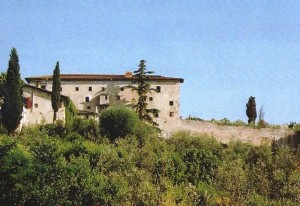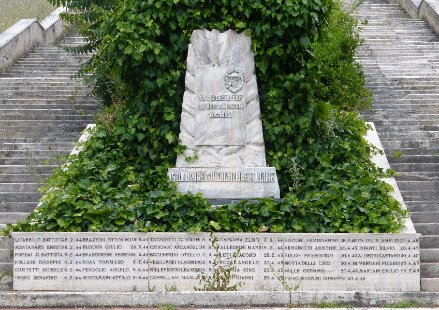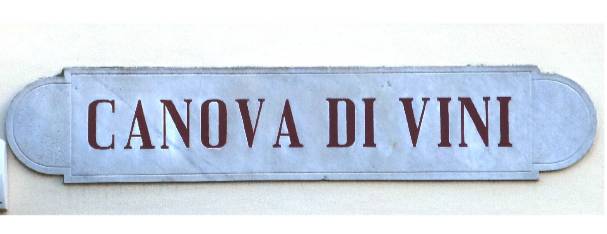
“Along the ancient, steep stretch of Via Aretina, just before reaching the Apparita farmhouse is a grand and austere building.”
It is the ancient Spedale del Bigallo (Bigallo Hospital), originally called Santa Maria a Fonteviva for the presence of a copious spring. It is believed that the new name came from bivius gallus, the crossroads in the Roman Via Cassia Adrianea with the so-called road of the Gauls.
It was founded in 1214 by Diocitidiede di Bonaguida Lamberti as a resting place for pilgrims on their way to Rome. In the Middle Ages, the hospital concept included a complete assistance, offering temporary hospitality, assuring accommodation, food and charity for the poorest and, if necessary, providing rudimentary medical practices by improvised surgeons.
Later, the building was entrusted to the Compagnia Maggiore whose captains, in 1267, sold it to the Benedictine nuns of Santa Maria a Casignano who gradually turned the hospital into a cloistered monastery until its definitive termination in 1754 when the old Via Aretina lost its importance with the opening of a more convenient route to reach San Donato.
With the suppression of religious organizations by the Napoleonic government and the acquisition of the property by the Bagno a Ripoli municipality (1920), the Hospital was gradually abandoned and forgotten.
A first substantial renovation occurred on the occasion of the Jubilee of 2000 restoring the charming living room-dining hall with its coffered ceiling, the dormitory with traditional wooden chest beds and the monumental kitchen with a fireplace supported by columns and an old stone sink.
Thereafter, the Bigallo Hospital renewed the thread of history by reviving its old hospitality function.
New interventions – in 2008 – have allowed for the restoration of the Chapel, the small dining room, the “windows” that offer a sublime view of Florence and the Hortus conclusus surrounded by a high wall, enriched with a wide variety of medicinal plants.
With the opening in 2014 of other establishments named Il Bigallino, the hospitality capacity of the complex has been amplified and today offers a hostel and a restaurant, providing space for conferences and weddings.
Massimo Casprini








